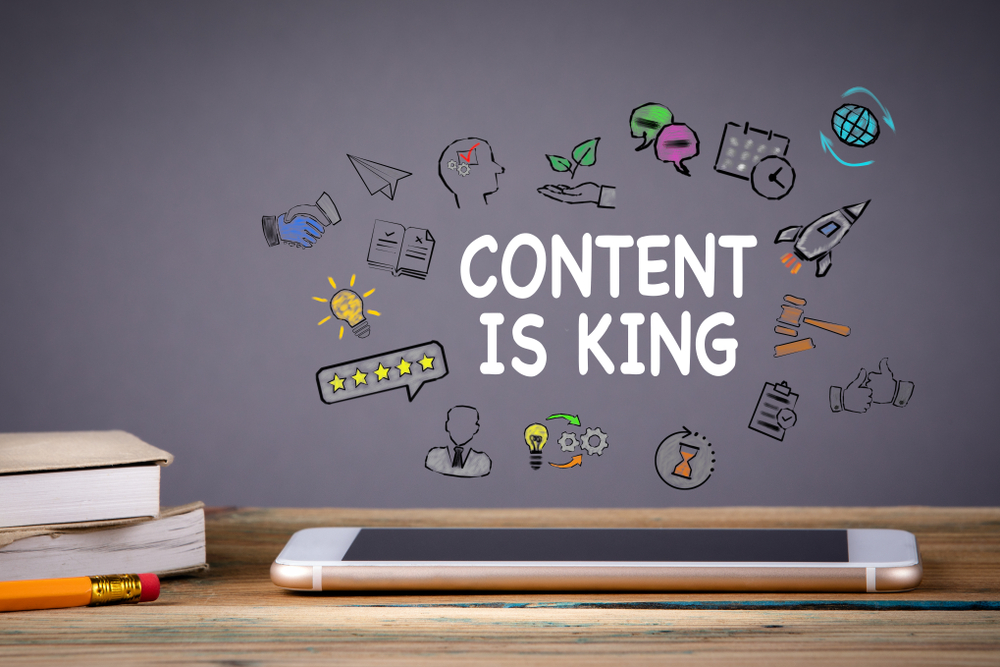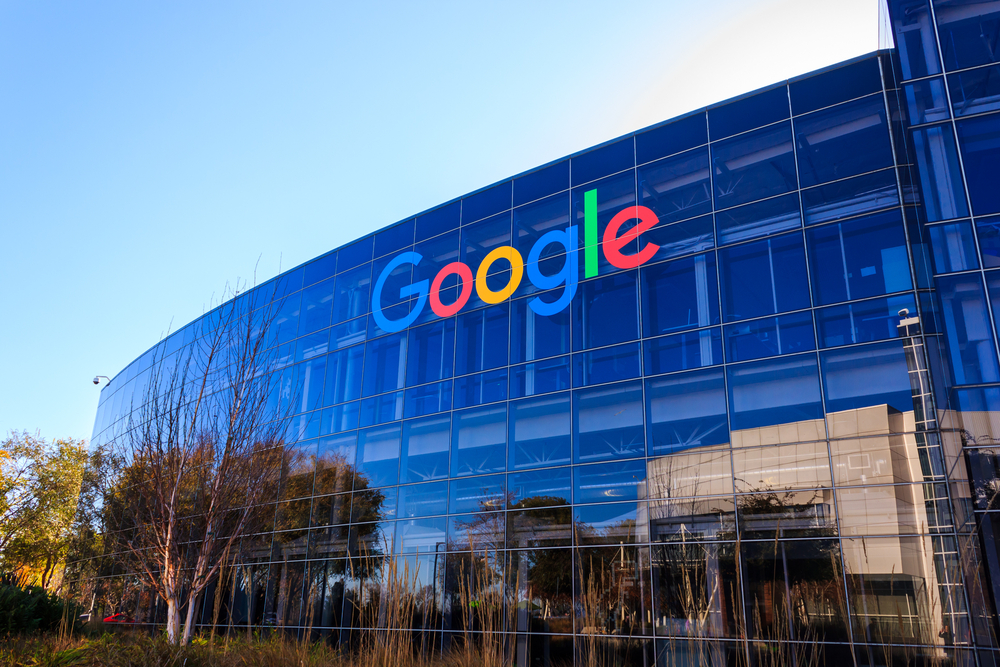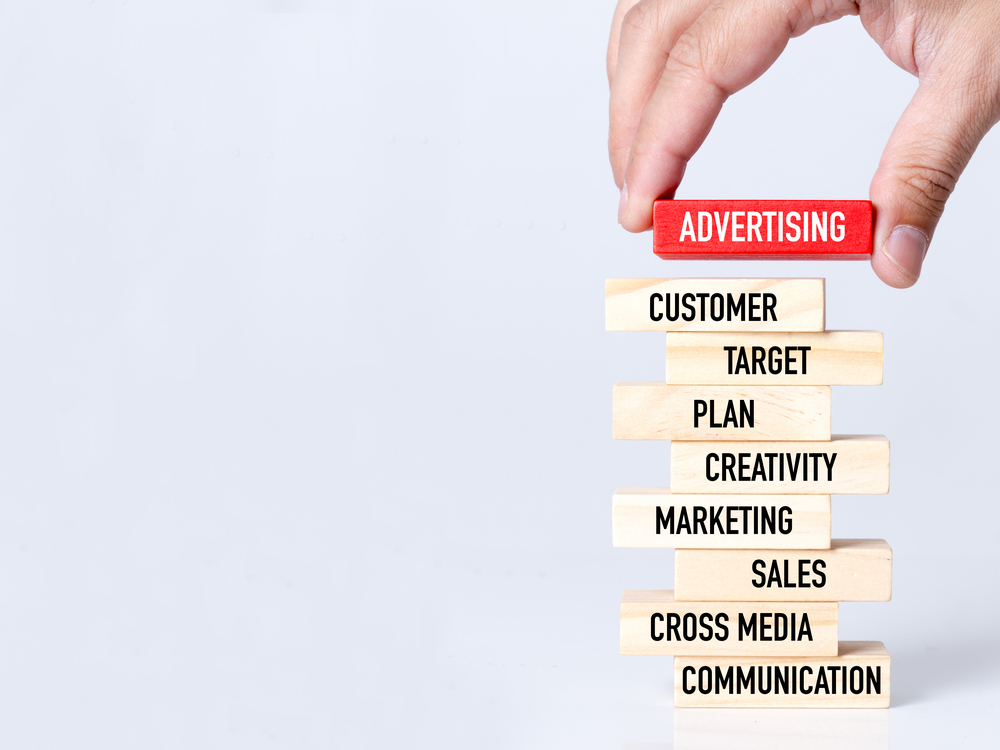Marketing professionals are going all in on content marketing in 2020, according to new research by the World Media Group, which found that 80% of brands expect campaigns led by editorial content, videos and other mediums to grow during the next two years.
The ‘Understanding the Future for Content-Led Marketing Around the World’ study shines a light on how content is being deployed by big brands and its evolution from primarily being a lead generation tool to a wide-reaching, multi-faceted activity.
By the end of 2021, a staggering 98% of marketers expect content-driven campaigns to either stabilise or grow, with just 2% expecting a drop-off during the period.
As content strategies mature, brands are becoming more bold and experimental in their campaigns as they look to drive action across the marketing funnel.
Nine in 10 respondents said that they will add audio and podcasts to their publication slate in 2020 and a similar number are expecting to leverage cutting-edge tech such as augmented reality and virtual reality to deliver more engaging experiences.
While written, editorial-style content and posts on social media remain a cornerstone of content marketing strategies, there is a willingness to diversify and embrace new mediums to cater to the more nuanced role that content marketing plays across the business.
Content creation is the activity that makes everything tick, but to create holistic strategies, brands are also focusing on how output is distributed as putting content front and centre at various stages of a customer’s journey is becoming more important.
The concept of added value is also strengthening as companies are attempting to showcase their expertise and address customers’ needs to ensure that they return to a website at a later date, which drives conversion in the long term.
“Content, when produced strategically and with regularity, can be the backbone of a marketing and advertising plan,” eMarketer principal analyst Jillian Ryan said in a statement.
She added: “It should be created for a specific audience and shared in the most relevant channel to reach the intended audience.
“Brands are starting to realize that content-led strategies can inform and provide fuel for most of their other marketing and advertising initiatives.”
The popularity of content marketing has been espoused in other recent studies such as the CMO Club’s report on the “real drivers of brand growth” in marketing, which found that 86% of key decision-makers in the US believe that the practice is the single most important area for investment.
Organic content marketing topped the charts as the best digital media channel ahead of digital display ads (64%), general search engine optimisation (59%) and paid search (59%)
A separate study by Borrell Associates also found that content marketing is now regularly being deployed alongside paid ads to increase its reach and power.
More than two-thirds plan to spend more on digital video ads in the coming months, while a similar number expect to see an uptick in investment in digital audio ads and social media advertising.
In contrast, traditional mediums such as newspaper, magazine and radio are falling by the wayside.











